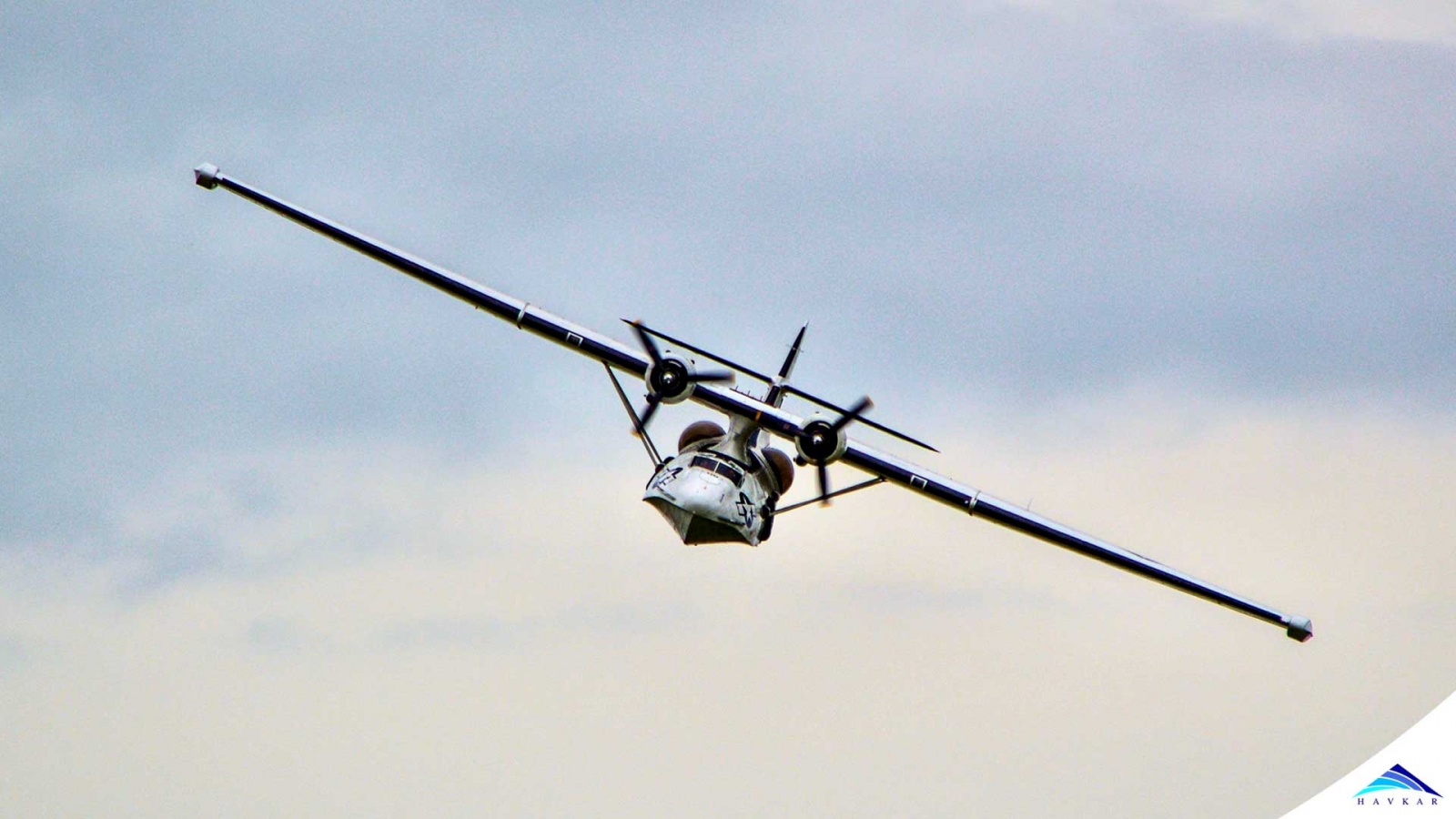
Here are seaplanes which can land and takeoff on land as well as water, these types of sea planes are called amphibious aircrafts. Seaplanes and Amphibious aircrafts are further categorized into floatplanes and flying boats which we will see later in article.
The development of seaplanes took place during World War 2; due to the requirement of airfields in enemy territory, it became hard to operate any land based mission and transporting soldiers.
Hence the idea of using seaplanes to land and takeoff from water bodies like sea, river or lakes came into uses for better access to undeveloped or road less areas. Countries like US, France and other European countries started developing their own experimental seaplanes. The race started to develop them and the first successful one in 1910 by Frenchman Henri Fabre, he made powered seaplanes and also demonstrated the flight. It helped later on other flyers to help them build theirs.
Soon after in next year Fabre collaborating with other aviation pioneer started their small airline based on five seat seaplane. By looking at the success of Seaplanes French Navy didn’t wait to order and take benefits of these new flying oats. Hey ordered the first Fabre based designed seaplane in later part of 1912.
In the race United States no how wanted to lack in such technological advancements so they also developed their own seaplane and the first successful model flow was built by American pioneering aviator Glenn Curtiss in 1911. His idea of seaplane was different and used floats along with the wheels inside. Which help it the capability to land on water and runway both, calling him first amphibian aircraft to do so? Later on in 1912 he experimented seaplane design with Hulls and called the flying boats. After seeing the successful flights United States Navy took delivery of the first models of seaplanes based on Curtiss Model E .
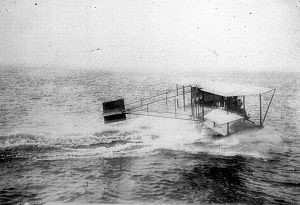
United States Curtiss Model E (Copyright: Florida Photographic collection)
Seaplanes for Commercial Airlines;
After seeing the huge success in seaplanes capabilities and operations in 1913, the Daily Mail newspaper put £10,000 prize for whomever which crosses first non-stop crossing flight to Atlantic. Incident like his and further development of seaplanes for airline travel in public domain increased.

British Flying boat Felixstowe F.2 Taken from Imperial War Museum
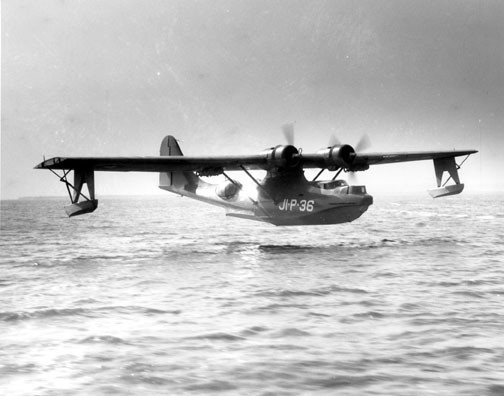
Iconic PBY Catalina in 1930
Post WW II;
After the World War 2 ended, suddenly the uses of seaplanes decreased. There were multiple reasons which affected the development of Seaplanes like.
1. Development of land based aircraft in terms of more power, Jet engines, More speed and Passenger carrying capacity per airplane outnumbered the capabilities of seaplanes.
2. The Sturdiness of the design required to land and takeoff seaplanes for water was an important factor too, since many times accident due to strong waves breaking the hulls or the impact of hard landing on water surface used to impact the structure of the seaplanes.
3. The induced drag due to the body design and vibrations during landing and takeoff were not comforting, people chosen normal airlines rather than going for seaplanes.
4. It became difficult to compete with big airline companies like BOAC and Boeing which were delivering big airplanes for fast and longer flights.
Despite these issues the popularity of seaplanes in some of the purposes like firefighting, navy operations search and rescue seaplanes etc has been proved to be worthy enough, we cannot ignore that some of the biggest navy’s and air force sill operate seaplanes or floatplanes.
Floatplanes;
Floatplanes are specific types of seaplanes which have attached pontoons or floats mounted on the fuselage. The fuselage never comes in contact with the water.
Instead Floats takes all the load when its parked and create enough buoyancy to float the whole aircraft body. The design is neat and simple.
The amphibious version of Floatplanes offers wheel under the floats or outside which help them to land on runways. Some of the examples are de Havilland Otter.
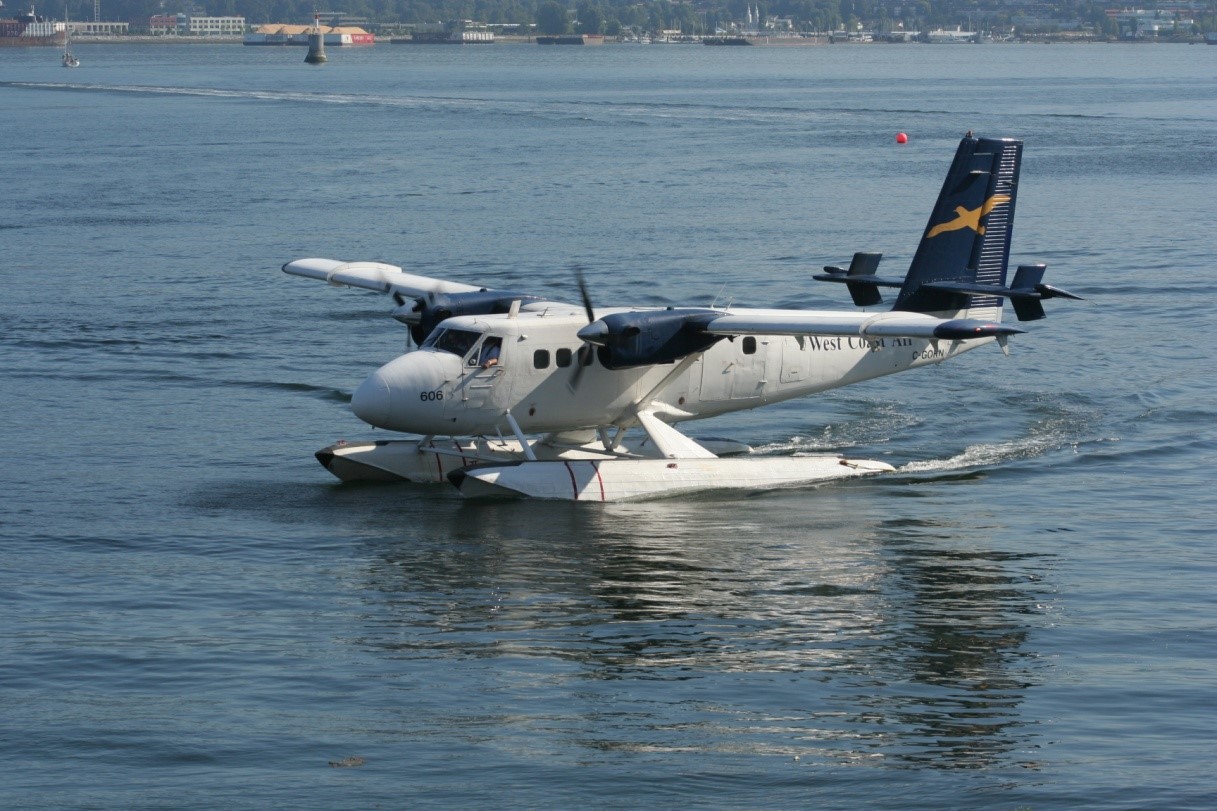
Boat Planes;
Boat planes are another design of the seaplanes which is totally different in shape and method of landing takeoff. The fuselage of the boat planes are designed like a hull of a oat and provide enough rigidity and sturdiness to take the impact of landing on not so calm water. They also have small float support on the tip of each side of wing. Which provide support in rolling stability while cruising on water surface?
These were the most popular seaplanes during the WWI and WWII use to the capability to land and take off without any runways. Huge number of floatplanes were developed during this era and once the wear ended they were left useless so navy and operators used them as cargo and supply goods across Atlantic oceans. Designs like PYB Catalina were modified up to large extent so they can collect water from water bodies and drop it on the fire zones to act as water tanker in wildfire.
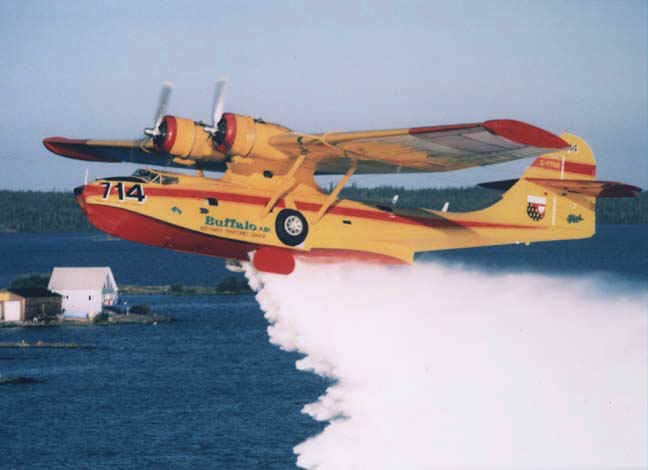
Iconic PBY Catalina now
Modern Seaplanes;
The Seaplanes are never lost and 20th century brought the new generation of modern seaplanes. Thanks to companies who have dedicate their work to keep the legacy into research and design of these iconic birds. Companies like Setouchi Seaplanes from Japan, Icon A5, Cessna, de Havilland Otter and many more. Recently China launched its own first amphibious aircraft “AG600”. Being the largest of its kind in the operation now, the AG600 possesses a maximum take-off weight of over 53 tons, and an operational range of 4,500 kilometers.
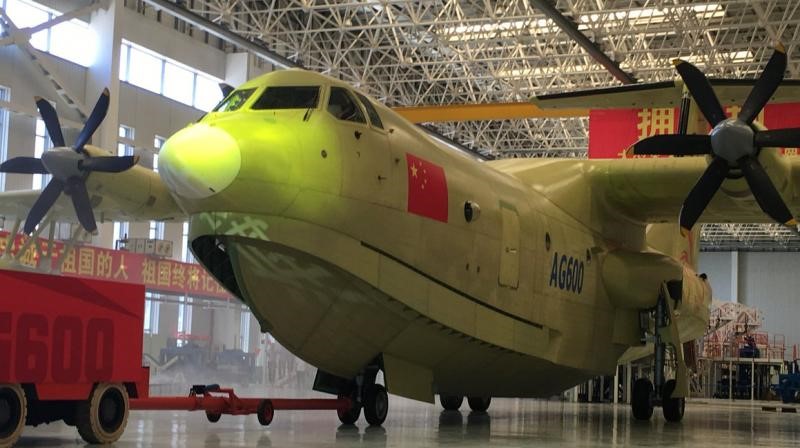
AG600
Also apart from these big developments the recent change came into personal aircrafts which possess the capability to make you reach in more than on of the land, water or snow. Icon aircraft’s A5, Seamax M22, Seawind 300C, Lisa Akoya Airplanes are some of the. These seaplanes or amphibious aircrafts have the single or two seat capacities with some of the advance control system. The aviation enthusiastic is the key market and pioneers who want to enjoy the freedom to take their airplanes in any remote part of the world.
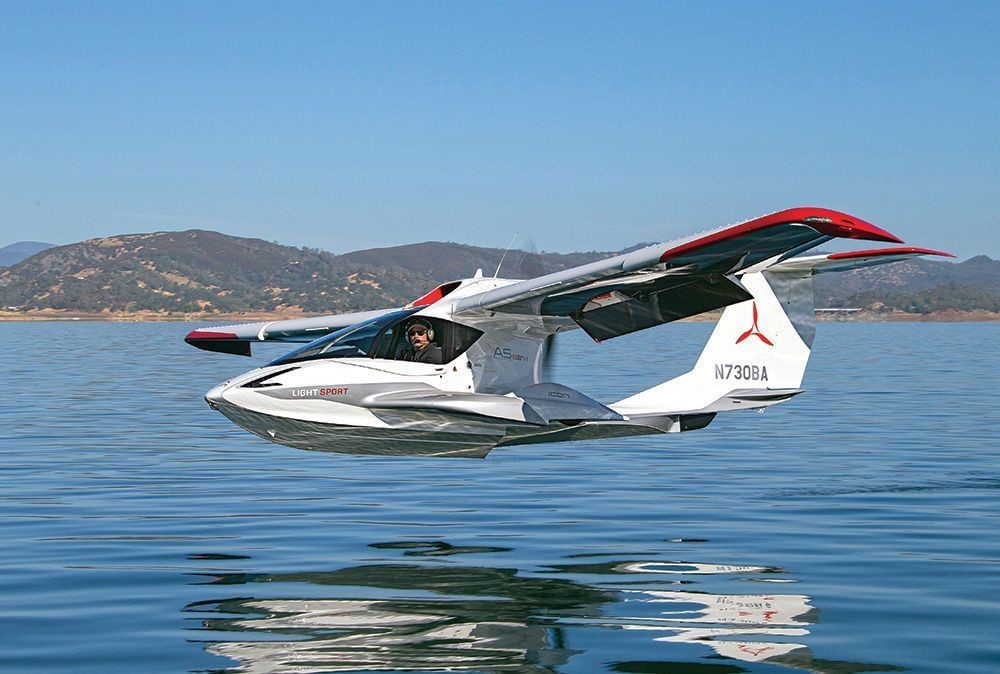
Icon A5